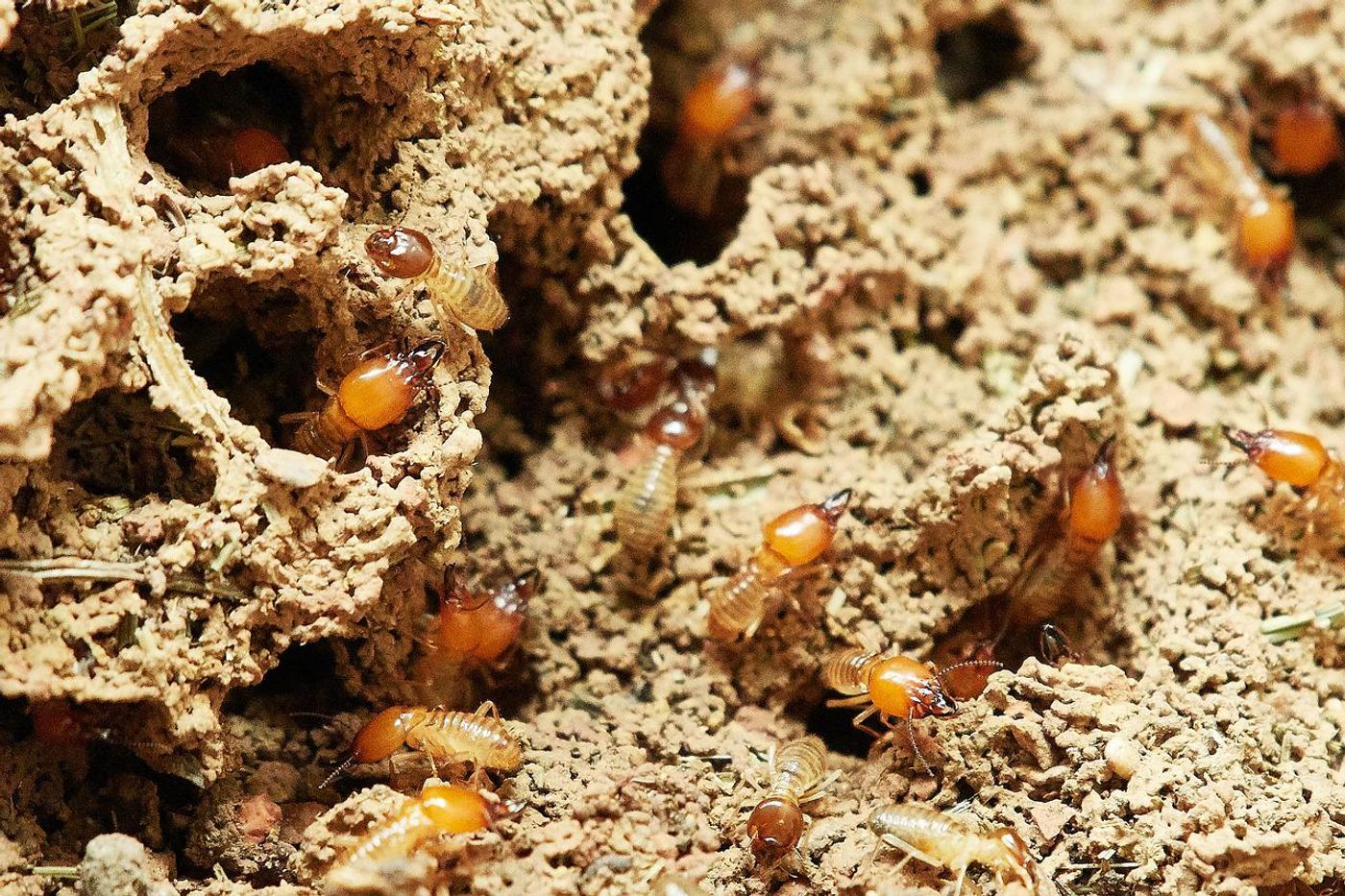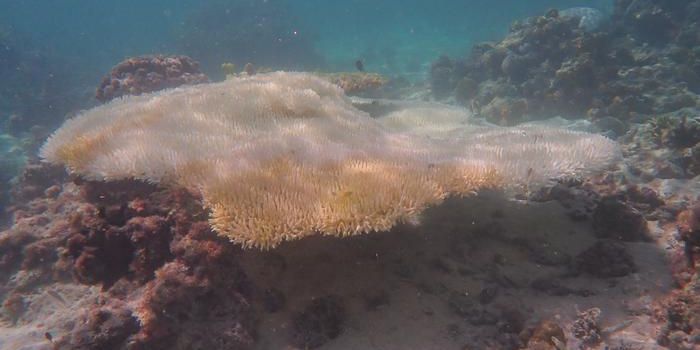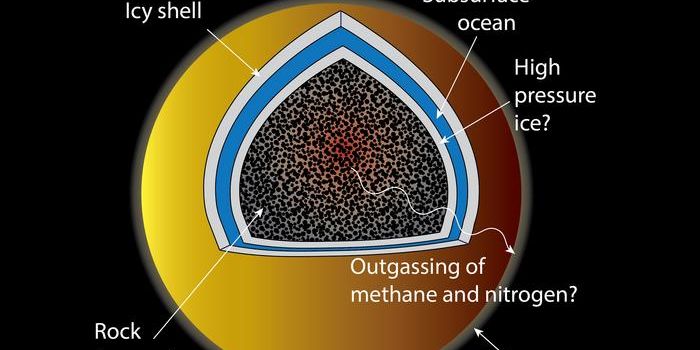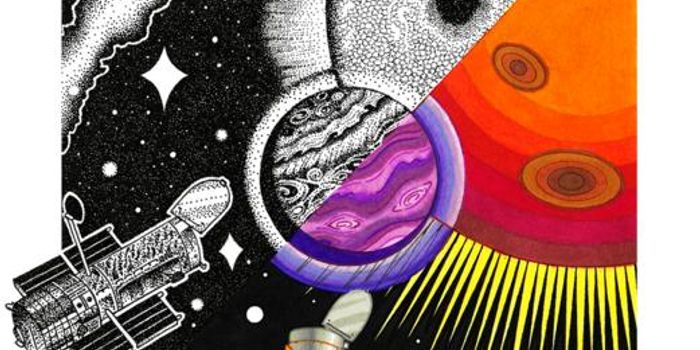New Materials Produced from Copying Termite Behavior
In a recent study published in Science, a team of researchers from the California Institute of Technology (Caltech) discuss how the design and development of new materials can be done based on how termites build their nests. This study has the potential to create structures with more of a disordered structure but possessing far superior functionalities than traditional, ordered structures.
"Termites are only a few millimeters in length, but their nests can stand as high as 4 meters -- the equivalent of a human constructing a house the height of California's Mount Whitney," says Dr. Chiara Daraio, who is a G. Bradford Jones Professor of Mechanical Engineering and Applied Physics at Caltech, and a co-author on the study. "We thought that by understanding how a termite contributes to the nest's fabrication, we could define simple rules for designing architected materials with unique mechanical properties.”
For their study, the research team utilized an algorithm they called the “virtual growth program”, whose purpose is to simulate the natural growth of biological structures, or in this case, the building of termite nests. While termites use specks of sand and grains of dust to construct their nests, the virtual growth program utilizes the geometries of unique materials, also known as building blocks, along with guidelines for how these building blocks can attach to one another. The virtual blocks used in this study include a T shape, an I shape, an L shape, and a + shape. Since this research mirrored the randomness of a termite nest, the geometry of each structure created by the virtual growth program is unique.
"Our goal is to generate disordered geometries with properties defined by the combinatory space of some essential shapes, like a straight line, a cross, or an 'L' shape. These geometries can then be 3-D printed with a variety of different constitutive materials depending on applications' requirements," explains Dr. Daraio. Instead of directly copying the configuration of the termite nest itself, the virtual growth program instead mirrors the methods in which the nest is created.
"This research aims at controlling disorder in materials to improve mechanical and other functional properties using design and analytical tools not exploited before," says Dr. Daraio.
Sources: Science
As always, keep doing science & keep looking up!









